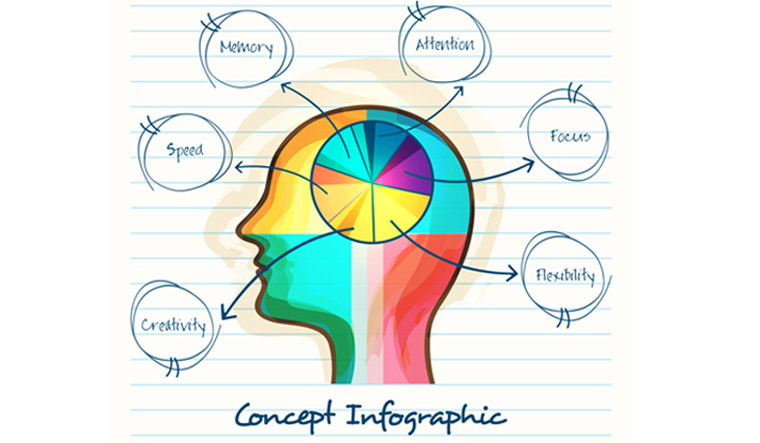Scientists have found how different regions of the brain interact with each other while reading, contributing to the representation of language—an advance with implications for neuroimaging, and expanding our knowledge of brain networks.
The neuroimaging study, published in the journal PNAS, noted that when people read a word, two process are combined in the brain: One is a 'bottom-up' relay of visual information to recognise the letters, another is a 'top-down' signalling of cognitive information to identify the word, and retrieve its meaning from memory.
The researchers, including those from the Max Planck Institute for Psycholinguistics in the Netherlands, said that such top-down and bottom-up information streams were extremely difficult to measure without having to open up the brain.
The reserchers used a device called the laminar functional Magnetic Resonance Imaging (lfMRI) to measure neural activation at different depths or 'layers' of the brain—which are generally right next to each other, and thinner than a millimetre.
According to the researchers, measuring at this level was important since the layers could be related to the direction of the signals.
Deep layers, the study noted, are associated with top-down information, while the middle layers are associated with bottom-up flow of data.
Only laminar fMRI, the researchers said, was sensitive enough to detect the deeper layers of the brain.
The researchers sought to know how the brain activity varied when people listened to pseudowords such as "rorf" and "bofgieneer", compared to the neural excitation pattern for real words such as "zalm" (salmon) and "batterij" (battery).
As part of the study, the researchers asked 22 native Dutch speakers to silently read the words and pseudowords while their brains were scanned.
The participants were also shown some sequences of invented 'false font' characters that resembled existing letters, and were asked to press a button when the items were real words.
The researchers could isolate which area of the brain was involved in reading by comparing the neural activation pattern for 'readable' items—words and pseudowords—and 'unreadable' items—false font.
This region of the brain, known as the 'visual word form area' (VWFA), is situated in the temporal lobe, the study noted.
The researchers also compared the excitation pattern for words to that of pseudowords.
They found that the bottom-up sensory information was needed for both types of items, to recognise the strings as letters.
The study noted that words generated stronger activation than pseudo-words in the deep layers of the VWFA.
This activation, the researchers said, was caused by top-down projections from higher language areas of the brain and another region called the left posterior middle temporal gyrus (lpMTG).
"For the first time we have established different activation profiles at different layers of cortex, and figured out how this pattern is related to top-down influence in cortical processing. This has far-reaching consequences for cognitive neuroimaging, expanding our knowledge of brain networks," said co-author of the study Peter Hagoort of the Max Planck Institute for Psycholinguistics.
(With inputs from PTI)


